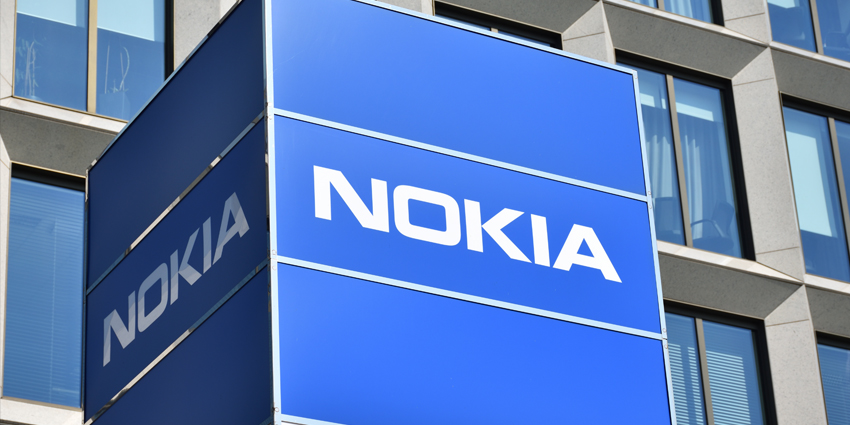Last Friday, manufacturers of film production equipment like lighting and camera hardware ARRI hosted a seminar to explore how virtual production tools are altering on-set workflows.
The German firm hosted industry experts during the British Society of Cinematographers (BSC) 2023 Expo to discuss emerging virtual production use cases. Arri hosted speakers Colm Nicell, Business Development Manager at ARRI, James Medcraft Cinematographer, Dale Elena McCready BSC NZCS & Cinematographer, Will Case Director Of Innovation at Creative Technology, and Stacia Pfeiffer Freelance Virtual Production supervisor.
Virtual production solutions are emerging as a new tool for film, media, and broadcast markets. A handful of innovative technology providers have made significant steps to introduce immersive production tools to audio/visual teams.
One such extended reality (XR) tool that audio/visual experts can leverage is high-quality LED walls or ‘volumes.’ A volume stage enables production staff to create and display real-time 3D (RT3D) immersive environments behind subjects that react to camera and lighting changes.
Production engineers can use RT3D engines such as Unreal to display immersive environments on the fly for efficient in-camera VFX delivery. Volume solutions come in many forms; producers and camera teams can choose between large and small-scale volumes. Firms like ARRI also operate mixed reality (MR) studios that host large-scale volume stages and optimised technology stacks.
Leveraging Virtual Production Tools to Enhance Creativity
For ARRI, the journey to supply virtual production tools gave the firm insight into the harmony between emerging visual/audio technology and the creatives using it.
According to Will Case, the firm noticed early on during ARRI’s virtual production journey how large-scale technology stacks can “get in the way of some of the creativity that needs to happen [on-set].” He added that production teams could “drown in the technology.”
Although ARRI and its collaborators are working to evolve and change its technology constantly, starting from its MR studio launch in 2021 to a period now which Will Case adds is a moment of “real stability.”
Case also added:
Virtual Production is a big leap from where we were two years ago, and I think it’s now about what you do with it. I think if you start getting too deep into the technology, like what LED is what, processor it’s using, what tracking system you’re using, you’re just going to end up up chasing your tail round and round. When actually it’s what you do with it. It’s all about the output that you’re going to get from virtual production tools.
James Medcraft also noted how virtual production solutions started as a “confluence of video games, entertainment and film.” He added that when virtual production tools first started, each integrated technology department had varying politics and different methodologies of working that slowed operations. However, with time, these roles have become more defined.
Medcraft elaborated, saying:
[During] the early days of virtual production, it was very much undecided where the boundaries of those different roles stopped. And then in the last year, it’s really matured.
Medcraft noted that more virtual production sets use a delineated workflow that allows a Director of Photography to stay focused and keep the technical responsibilities to a different department.
Working in Virtual Production Studios
Speaker Dale Elena McCready is an experienced Director of Photography with a background in VFX-heavy productions. More recently, the department lead started work on The Rising, a show for Sky that leverages virtual production technology.
In McCready’s first-hand experience, they noted how virtual production stages and working within the space can feel “quite intimidating.”
McCready noted:
It can be quite intimidating having a long table of people with computers on it behind you, working on the [LED] screens. But quite quickly you workout that you and your gaffer can say, can you give me a flag [equipment for blocking light sources] over here? And its over the top of you, knocking off a bit of a light on someone’s head and it can be very very fast. You suddenly go. Wow, Ok this is actually really interesting.
The Director of Photography noted how, thanks to virtual production tools, McCready started to make lighting arrangements in a more hands-on approach.
McCready added that virtual production specialists like ARRI can provide the tools that help make the initially intimidating process smoother and output “so rapidly that you quickly get back to shooting.”
Colin Nicell, who also assists in operating ARRI’s MR virtual production stage in Uxbridge, added that audio/visual teams should not get “bogged down in the technology.”
Nicell added that a hyper-fixation of technology could take away from creativity. As Will Case notes, Colin said technology is “not really what an audio/visual team should be concentrating on.”
Virtual production solution providers like ARRI assist with the technical side and help production teams get the most out of a virtual production shooting schedule.
Colin Nicell added:
So for those who do come and shoot in the ARRI virtual production stage, we like to get involved right in the pre-production. We’ll give you all the advice you need. Anything like that because it means its smoother for you and for us. So, it’s in our interest to do.
Second Wave of Virtual Production Workflows and Optimisation
Stacia Pfeiffer, a virtual production producer who worked with Lux Machina and is currently working with Dark Matters, believes that the film industry is entering a “second wave of virtual production where the teams on these stages have been there for a while.”
Now they’ve established workflows, and they’re very confident in how they can translate your vision. So there’s certainly an opportunity for learning in between the camera department and the onset virtual production teams and absolutely, it’s important to take advantage of that when you come onto the set and schedule time for your departments to integrate.
Dale Elena McCready also noted that due to the modular nature of audio/visual camera capture, crews must understand how different shots or lighting setups may alter a virtual production’s output and how to adjust to different shot types.
McCready added:
Virtual production will have to be modular because I think that’s what shooting is. Shooting is modular; some shots are going to be handheld, and some are going to be on a dolly that has different limitations with the [XR] equipment and the tracking. So, there’s always going to be those changes. Modularity is going to remain, but I think the standardisation of what the camera sees – is going to get better and better.
Speaking on industry standards for virtual production, Stacia added:
We can hope that all the big players in the industry will, over the coming years, get together to work on a set of guidelines for the industry. Things like colour pipeline can be agreed on, and we should all be working in the same colour space. These are some conversations that we can have as an industry to create standardisation. A second point, the virtual production-to-post or VFX pipeline, can also be standardised.
Traditional Technique, Emerging Hardware
One of the pros of leveraging virtual production is its seeming familiarity with audio/visual teams. While virtual production tools are notably intimating at first, the core technique resides in a rich tradition of filmmaking techniques.
James Medcraft explained:
This is a tradition. It’s such an old technique; it’s just a matte painting. But the matte painting moves nowadays, so all of the old technologies and ways of thinking from 100 years ago for lighting a matte painting or a rear projection.
Dale Elena McCready added that virtual production procedures have some of the same problems that exist in traditional techniques like rear projection. For example, McCready says that ambient light can still lift the in-camera blacks on virtual productions, much like during rear projection – adding that “these things are improving all the time as well.”
Moreover, Will Case added that virtual production crews should not forget traditional production roles in favour of technology; there must be a synergy between technology, creativity, and talent.
Case added:
The biggest bugbear I have, is because of the technology there has been a real lack of art direction, often in the way the content is shot, and actually that’s because the pipeline has been pushed, especially the 3D pipeline, down one route. Actually what I think is really interesting, is that we’re now opening that back out to the VFX community to start bringing back in all that traditional art direction and all the techniques they’ve been using for years and years and years.
Audio/visual teams will refine on-set work methodologies as virtual production solutions evolve. Moreover, as more production professionals use the kit, creativity and intuition will drive innovative and new use cases for XR and virtual production filmmaking tools.







